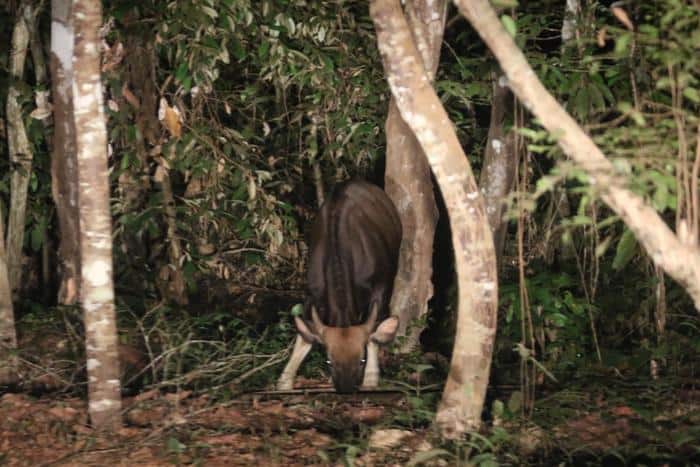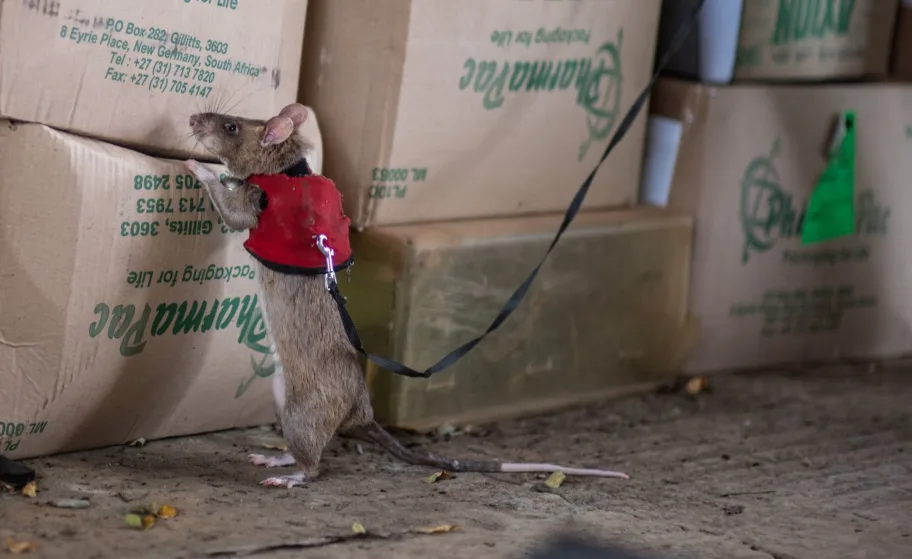Share this article
Global efforts fall short in preventing extinctions
Researchers found that thousands of species around the world lack adequate protections
Thousands of the world’s most threatened species may lack adequate conservation measures.
In a recent study in Nature, researchers analyzed nearly 6,000 threatened species to see how many benefited from conservation programs. They found that just 9% of species threatened by habitat loss have adequate land protections and just 24% of those threatened by invasive species—including rats, cats and fungal diseases—benefit from control programs. The research showed that birds receive far more conservation attention than less amphibians and other less charismatic species.
“Conservation can and does work, but only if we try,” said Rebecca Senior, a researcher at Durham University and the led author of the study. “Our findings are so concerning because they highlight that we’re not really trying for most of the species at the greatest risk of extinction.”
When applied correctly, the researchers found, conservation efforts can pay off. Species that were downlisted to lower threat categories on the IUCN Red List between 2006 and 2020 were more likely to have documented conservation interventions in place compared to those that deteriorated in status.
“For 58% of the world’s threatened terrestrial species, we find conservation interventions to be notably insufficient or absent,” the authors concluded.
Header Image: Chitwan National Park, Nepal. Credit: Vadim Tolbatov








